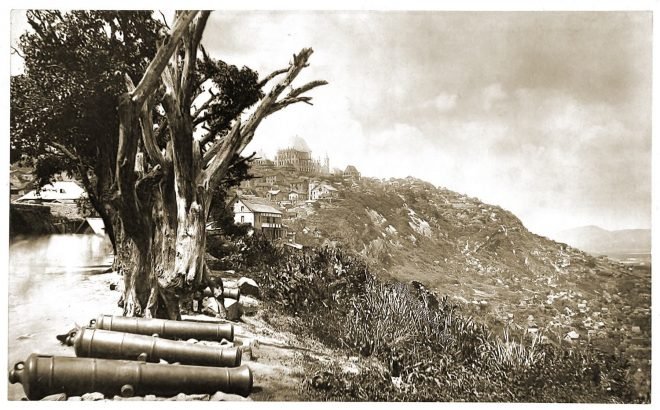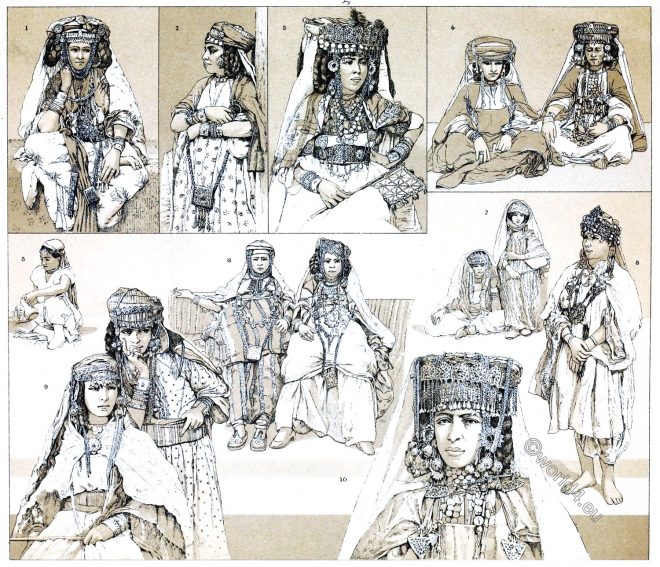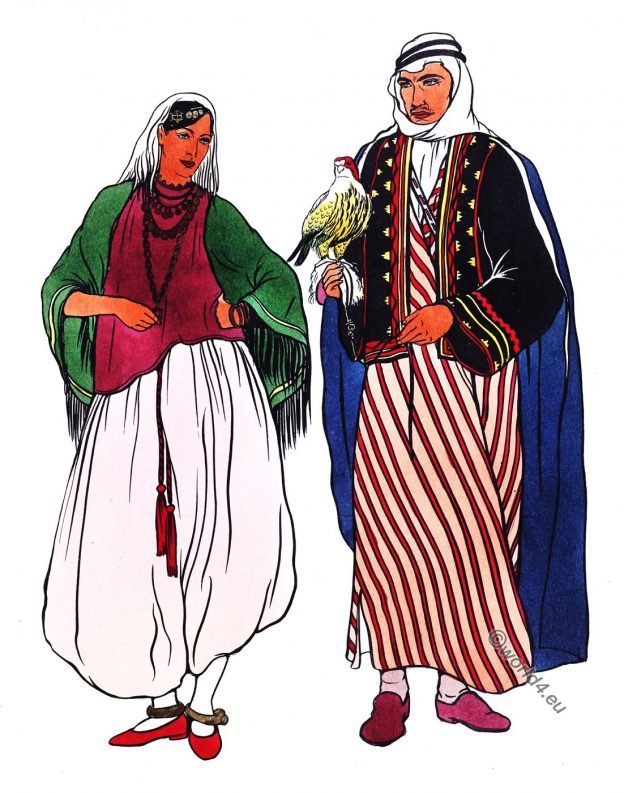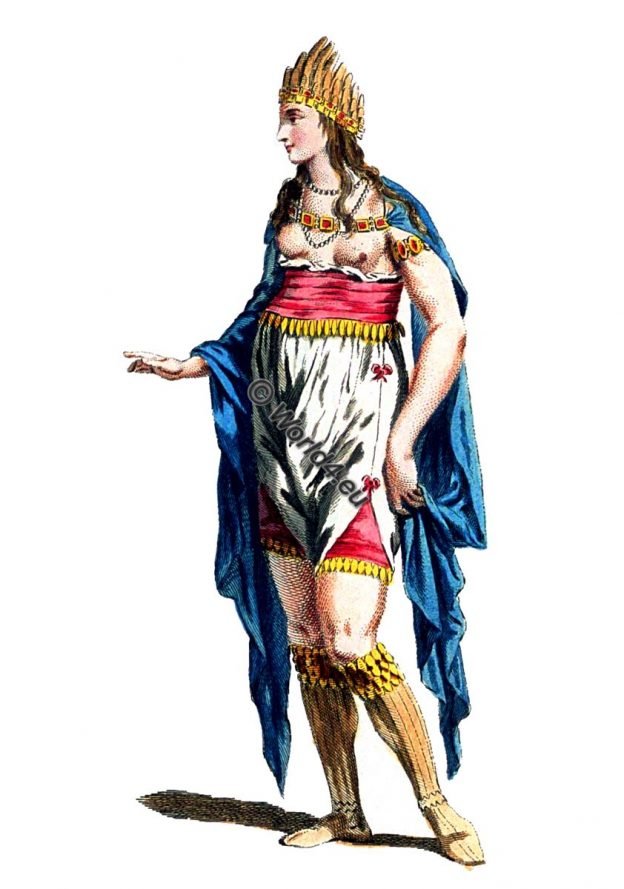THE village that appears in this view is at the Orange River, and inhabited a tribe denominated Khoisan, settled on the south bank of that river.
Category: Africa
African costume and culture.
Korana people preparing to remove. Drawn by Samuel Daniell
The Koranna (also Kora, Korana) were a population group in today’s South Africa until the 19th century.
The capital of Madagascar. Antananarivo, The City of a Thousand Towns.
Antananarivo, The City of a Thousand Towns, stands on a hill 7,000 feet above the sea-level, and 400 feet above the surrounding country.
Berbers of Algerian Sahara. Nomadic and sedentary ethnic groups.
The majority of the population of the Sahara consists of Berbers. Her clothing is extraordinarily rich. They obtain their silk fabrics through the mediation of the caravans
Sarah Baro Bolcher. An African Princess in Topsfield.
The princess, who gave her name as Sarah Baro Colcher, was given to Captain Dodge who brought her home to his sister, Mrs. Elizabeth Dodge Conant, in Topsfield, Essex County, Massachusetts, USA.
Musician of the Bateke tribe representing a orchestral group.
From a photograph taken among the Bateke tribe, Central Africa, representing a orchestral group.
The dress of the Arabs. Affluent class. Pictorial work.
The name Arab originally was reserved for the nomad tribes east of Palestine and in the Syro-Arabian desert, but today it is generally used for most of the surviving Semitic peoples who, in addition to living in Arabia, are to be found in Mesopotamia, North Africa, the western shores of the Red Sea, and the eastern shores of the Persian Gulf.
Africa Nigeria. Nupe woman clothing around 1878.
Nupe woman around 1878. Nupe (also called Nufe or Nyfe) was once a tributary empire to the Sultan of Gwandu, in central Niger
Habit of a Woman of Africa in 1581
Habit of a Woman of Africa in 1581 from Habitus Variarum. Africaine
Usagara, Chief of Mamboya, with his son and witch doctor.
Usagara, Tanzania. Chief of Mamboya, with his son and witch doctor.










